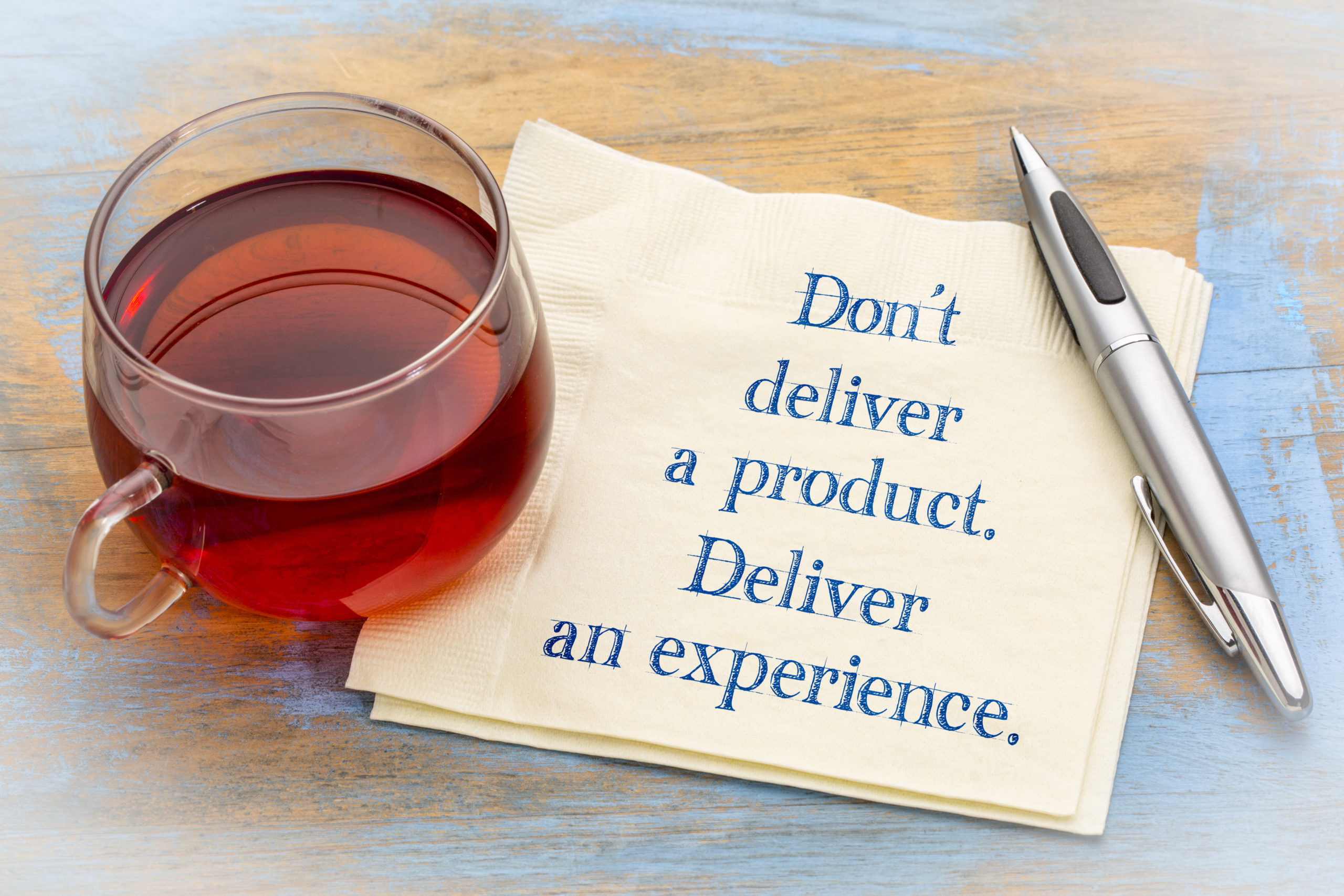Your prospect loves it and tells you you’re terrific. Furthermore, this is the exact product they’re looking for. Then out of nowhere they tell you the dreaded, “I need to think about it, we’ll get back to you, “or “I need to run it by so and so.” Of course so and so is currently climbing Mt. McKinley and can’t be reached.
You’re baffled. You wonder, “What in the world did I do wrong?”
Other times, you’re on a roll. Life is amazing… everyone is buying… dead deals suddenly close. But then, the next day, you can’t even talk your dog into going for a walk.
Did the product change, did the market tank, is Mercury in retrograde?
The truth is most sales are not lost because we failed to sell the prospect. They’re lost because we didn’t motivate the prospect to act NOW. Oh, they want it all right, but not badly enough to make the change, to commit the funds, and to spend the time to fit something new into their already chaotic lives. As a general rule, the longer the prospect puts off a buying decision, the less likely it is they’ll commit to the purchase.
So how do you create urgency without sounding pushy? Here are the three keys.
#1 – Do what you say you’re going to do – Sounds simple right? But as my colleague Terry Ferara says,
“It’s simple but if you’re not doing it, it’s advanced.”
[Tweet ““It’s simple but if you’re not doing it, it’s advanced.””]
Reliability is the cornerstone of trust, yet too many salespeople fail to call back when they promise to, and fail to provide ongoing service before attempting an upsell.
[Tweet “Reliability repeated over time cements trust.”]
Reliability is about:
- Preparing for your sales presentation
- Keeping your word
- Wrapping up the end of your sales process with the same fervor you brought to the beginning of the process
- Giving away credit where credit is due
- Taking responsibility for failed deals
- Sustaining excellence in performance
#2 – Find a problem that’s bigger than the price to solve it – Many salespeople ask discovery questions that uncover a problem or pain point, but it’s simply not painful enough for the prospect to make a change. I call this uncovering a $5000 problem and offering a $50,000 solution. To show your prospect the impact of their problem ask questions like:
- How long have you had this problem?
- How much is this problem costing you?
- How does this problem affect you personally?
#3 – Tell a story that ignites empathy and urgency – What’s the difference between a ho hum sales story and one that arouses the emotional urgency that causes people to act? First, stories must capture and hold our attention. In addition, an effective story must “transport” us into caring about the character in the story.
[Tweet “Effective stories combine tension and empathy.”]
Stories release juicy hormones like cortisol and oxytocin that together can alter your prospect’s beliefs, attitudes and behaviors. Neuroscientist Paul Zak confirms, “When you want to motivate, persuade, or be remembered, tell a story of human struggle and eventual triumph.”
You don’t create urgency at the end of your presentation by saying, “The price is cheaper,” or “The deal ends on Tuesday.” Real urgency is created throughout your presentation by doing a lot of little things…. right.
[Tweet “Urgency is created by doing a lot of little things right.”]



Thanks Shari, I agree with these thoughts. Relationships, questions and urgency are the three big keys to NOW
As always a great read and very GOOD practical advice. Keep reminding us! Your friend Fripp
Thanks so much Fripp.
Thanks for your comment Michael.